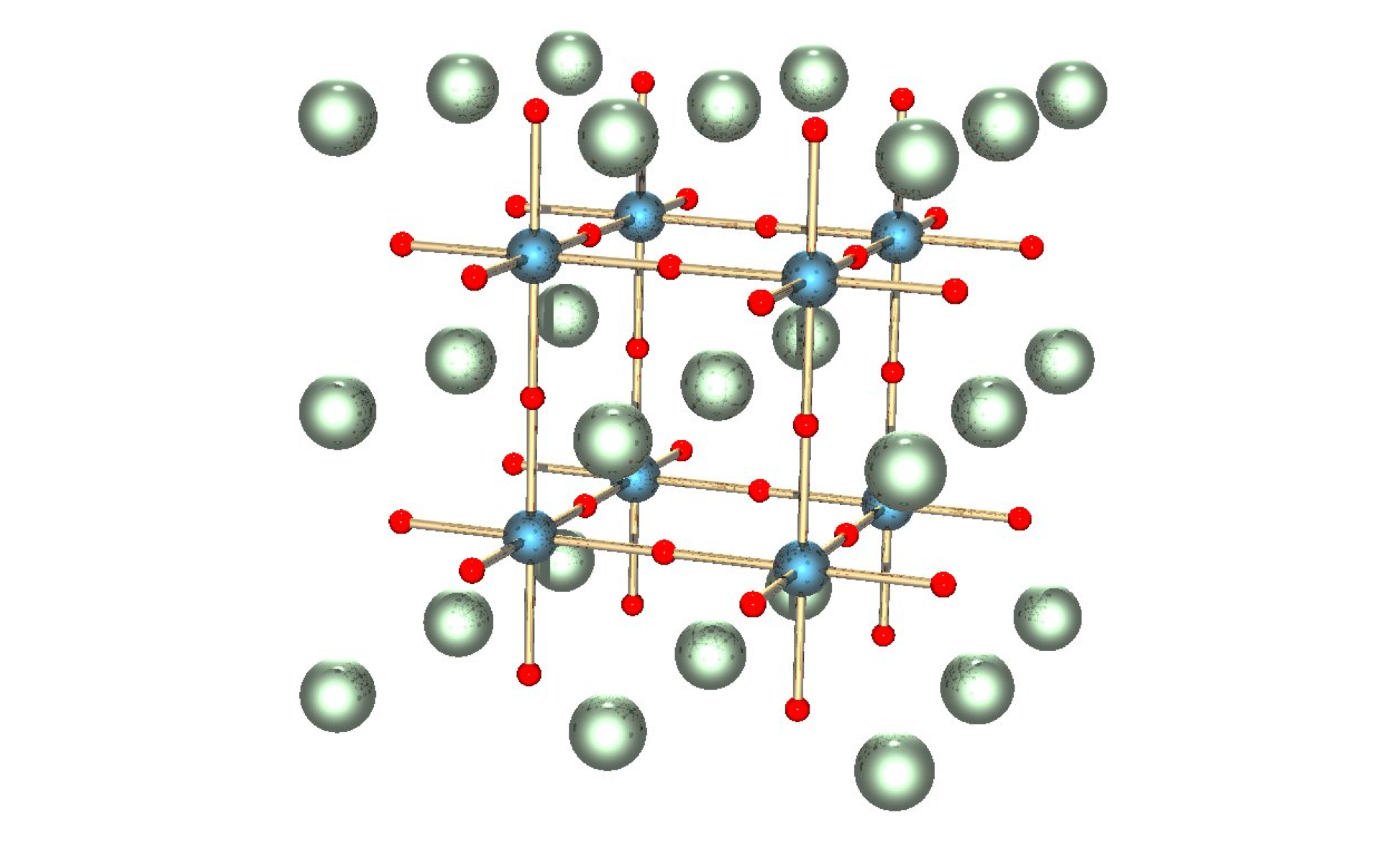
Background
Behavior of ferroelectric materials at the nanoscale dimension is of importance to the development of molecular electronics, in particular for random access memory (RAM) and logic circuitry. Transition metal oxides with a perovskite structure are noteworthy for their advantageous dielectric, piezoelectric, electrostrictive, pyroelectric and electro‑optic properties.
Technology
Monophasic essentially denotes a perovskite nanotube that has a single phase such as a cubic crystalline structure, in which the perovskite is homogeneously present throughout the nanotube structure. In addition to a cubic crystalline structure, the nanotubes can have a rhombohedral, orthorhombic, or tetragonal crystalline structure. The structure is comprised of a single component, therefore there is no defined interface present in the nanotube. The array of monophasic perovskite nanotubes, each have an outer diameter from 1nm to about 500 nm.
Advantages
In many prior art methods, organometallic precursors, which are extremely toxic, expensive, unstable, explosive and or pyrophoric are employed. Prior art methods of fabricating monophasic perovskite nanotubes that include harsh reaction conditions that may have an adverse effect on the resultant nanotubes.
Application
Nanotechnology, materials or surface science (e.g nano-composites).
Inventors
Stanislaus Wong, Professor, Chemistry
Yuanbing Mao, Graduate Student, Chemistry
Licensing Potential
Development partner,Commercial partner,Licensing
Licensing Status
Available for License.
Licensing Contact
Donna Tumminello, Assistant Director, Intellectual Property Partners, donna.tumminello@stonybrook.edu, 6316324163
Patent Status
Patented
Tech Id
7653
